Welcome to Episode 1 of DPC’s brand new educational series on the Masters of Photography.
In this one-hour webcast Danie Bester talks about the life and work of the celebrated street photographer and master of colour, Saul Leiter. For easy reference, we are also sharing a summary of Saul’s life and the iconic pictures Danie talked about.

Saul Leiter. Self-Portrait, c. 1950
Early Life
Born 1923 in Pittsburgh to Jewish parents his father was a renowned Rabbi and Saul also studied to become a Rabbi. In 1946, at the age of 23, he dropped out of theological school to study painting in New York.
Early influences and Work
As a painter, Saul Leiter drew inspiration from the Abstract Expressionists which was thriving during the 1940s and 1950s under the influence of Jackson Pollock, Mark Rothko and Willem de Kooning. Saul became interested in photography due to the influences of the multi-talented abstract painter, Richard Pousette-Dart who was also a fine-art photographer and W. Eugene Smith. Prior to the 1950s, as was common in the day, Saul’s photographs were black and white. His black and white photographs were as moody and soulful, and beautifully composed as any of the great photographers of his time. In the course of his life he produced a large body of black and white nudes, many of which were not made public. Saul Leiter was really “discovered” by Edward Steichen when he included some of Saul’s black and white photographs at the MoMA in 1953, and a few years later 20 of his colour photographs.
Switching to Colour Photography
Since 1950 Saul Leiter had embraced colour photography, which was not popular with fine art photographers. The Museum of Modern Art in New York, for example, did not show a full exhibition of colour photography until 1976. Whereas his black and white photographs were visually appealing and intelligent, his colour work was outstanding. He preferred Kodachrome and because he could not afford expensive film, he often used film that was way past its expiry date. The chemical mistakes produced by old film often resulted in browned-out and muted pastel tones.
Fashion Photographer
In 1958 Saul Leiter started doing colour fashion photography for Esquire and later Harper’s Bazaar, due to the influence of his good friend, the art director, Henry Wolf. It was fashion photography that kept Saul afloat for the next few decades. Apart from Esquire and Harper’s Bazaar, he worked regularly for Elle, Vogue, Queen and Nova.
Becoming Famous as a Street Photographer
It is clear that Saul Leiter was a dreamer and perhaps did not care much for fame and fortune. In the 1980s Saul fell into hard times and remained out of the public eye until the early 2000s. He was only discovered after Gerhard Steidl, with the help of art historian Martin Harrison and the Howard Greenberg Gallery produced his book Early Colour in 2006. His street photography was received enthusiastically by the Public and the Art World.
Photographic Style
Saul Leiter’s street and fashion photography can be described as exquisitely beautiful. He was always looking for and finding beauty in the most routine hustle and bustle of daily life. The quintessential aspect of his photography was his keen sense of colour and ability to layer all the key elements of art into a single frame. For the untrained eye it might seem that Saul was merely shooting through and over things to create his multi-layered abstract compositions. Despite the candid nature of his photographs, his pictures never seem accidental and they simply work on so many levels. He was a genius in finding the perfect figure to juxtapose with particular lines, shapes, textures or splashes of colour. He applied abstraction through the use of shadow casts, reflections and textured elements in similar fashion as the abstract expressionists and impressionists from which he drew inspiration.
Death
Saul died in 2012 and despite the fact that his wonderful street photography was hidden from public view for most of his lifetime, he reached stardom towards the end of his life. Interestingly, he remained indifferent to his own genius, which is clear from Thomas Leach’s documentary, Saul Leiter: In No Great Hurry.
Saul Leiter Pictures:
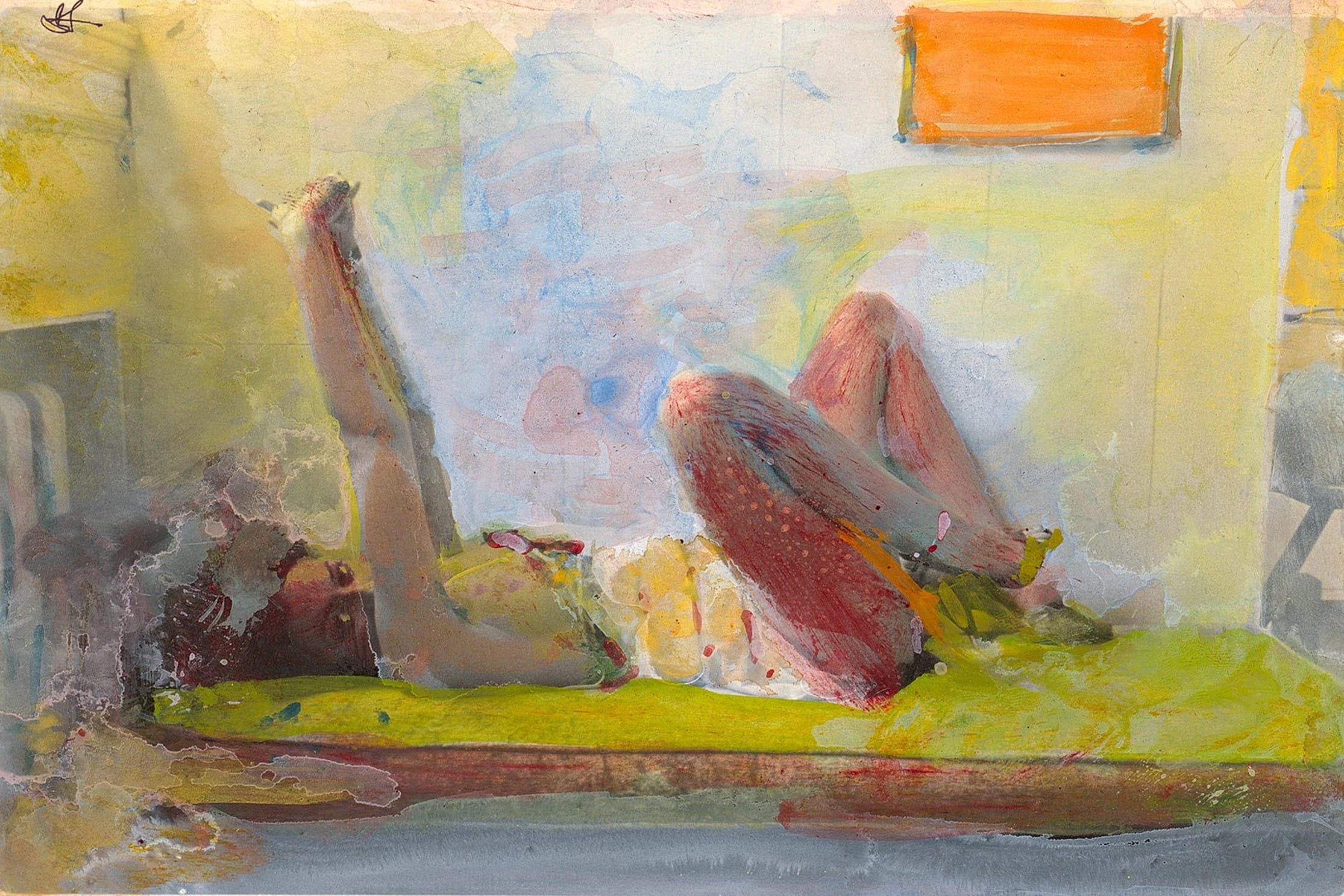
Saul Leiter. Abstract Expressionist Painting
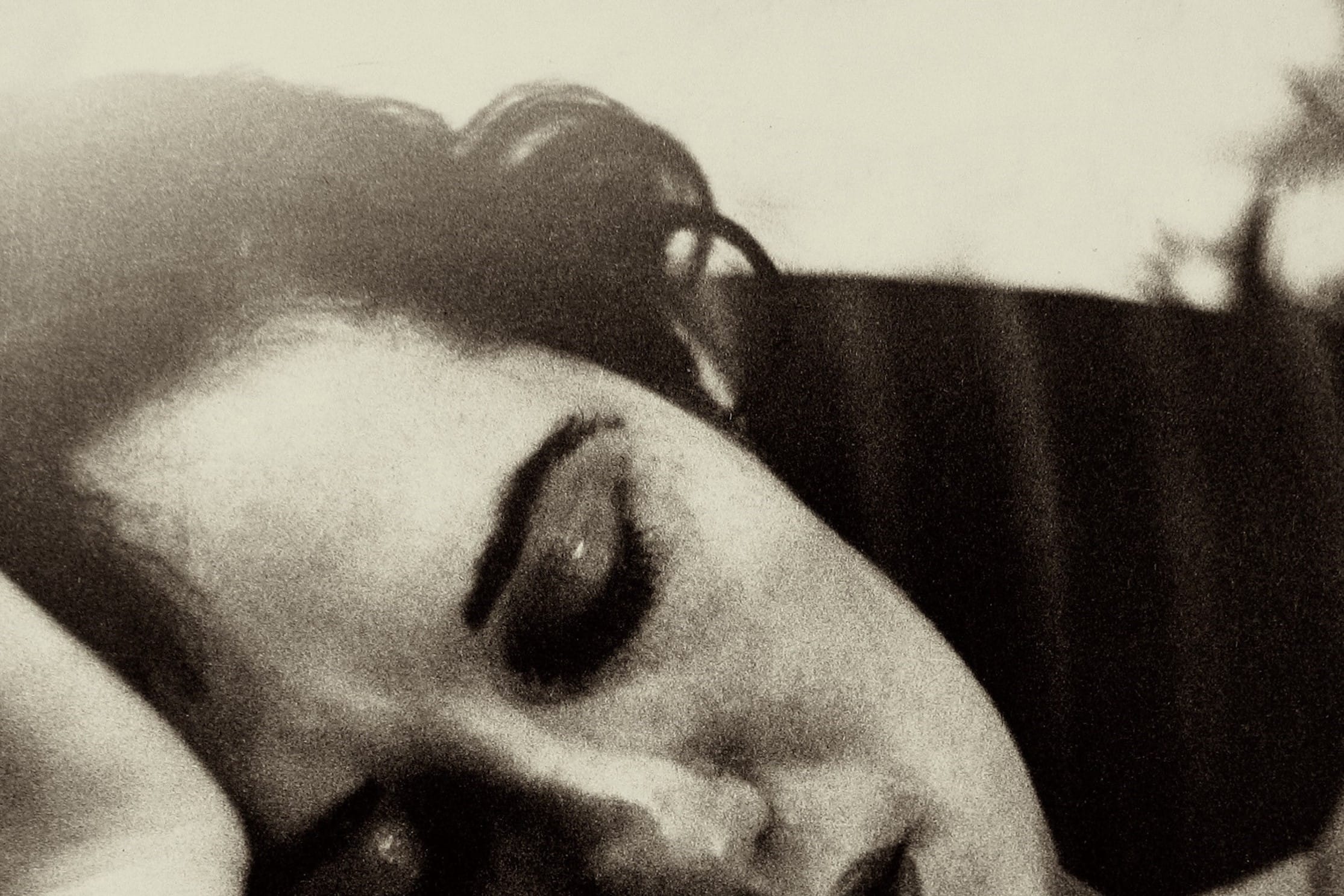
Saul Leiter. Fay, c. 1947

Saul Leiter. Hats, New York City, c. 1948
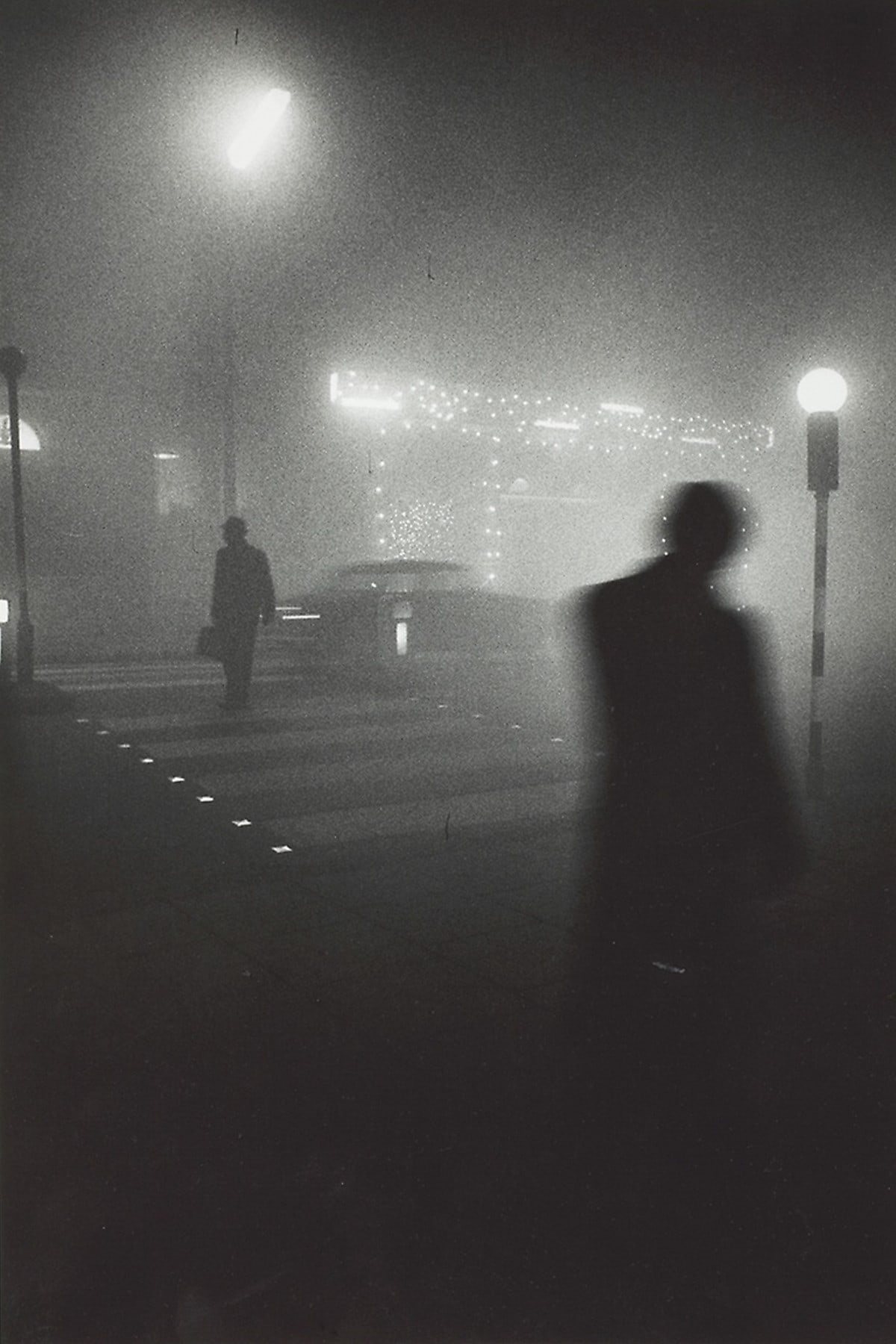
Saul Leiter. Untitled, c. 1950

Saul Leiter. Footprints, New York City, 1950
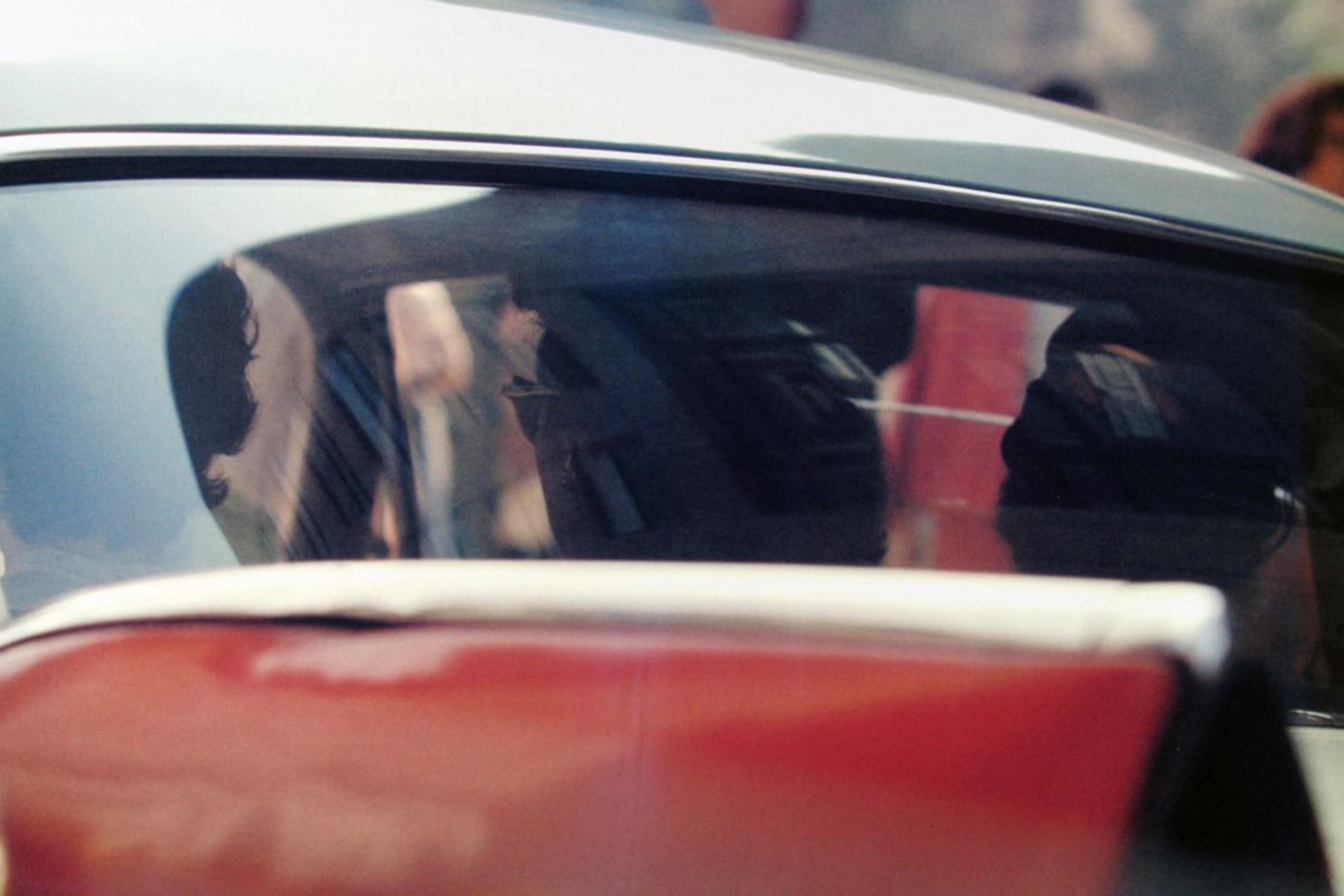
Saul Leiter. Rear Window, New York City, 1950
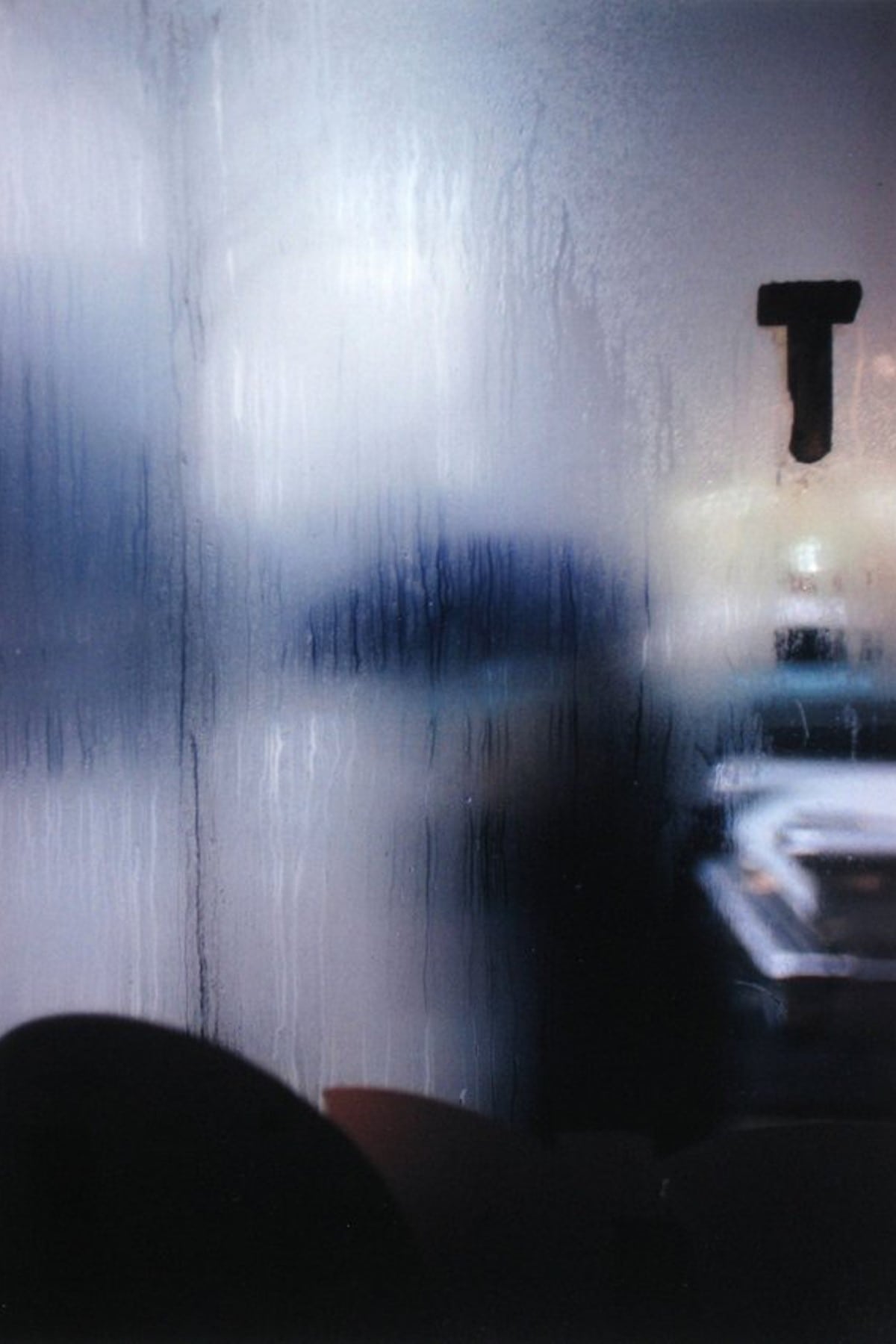
Saul Leiter. “T”, New York City, 1950
My friend Henry (Wolf) once said that I had a talent for being indifferent to opportunities. He felt that I could have built more of a career, but instead I went home and drank coffee and looked out the window. – Saul Leiter
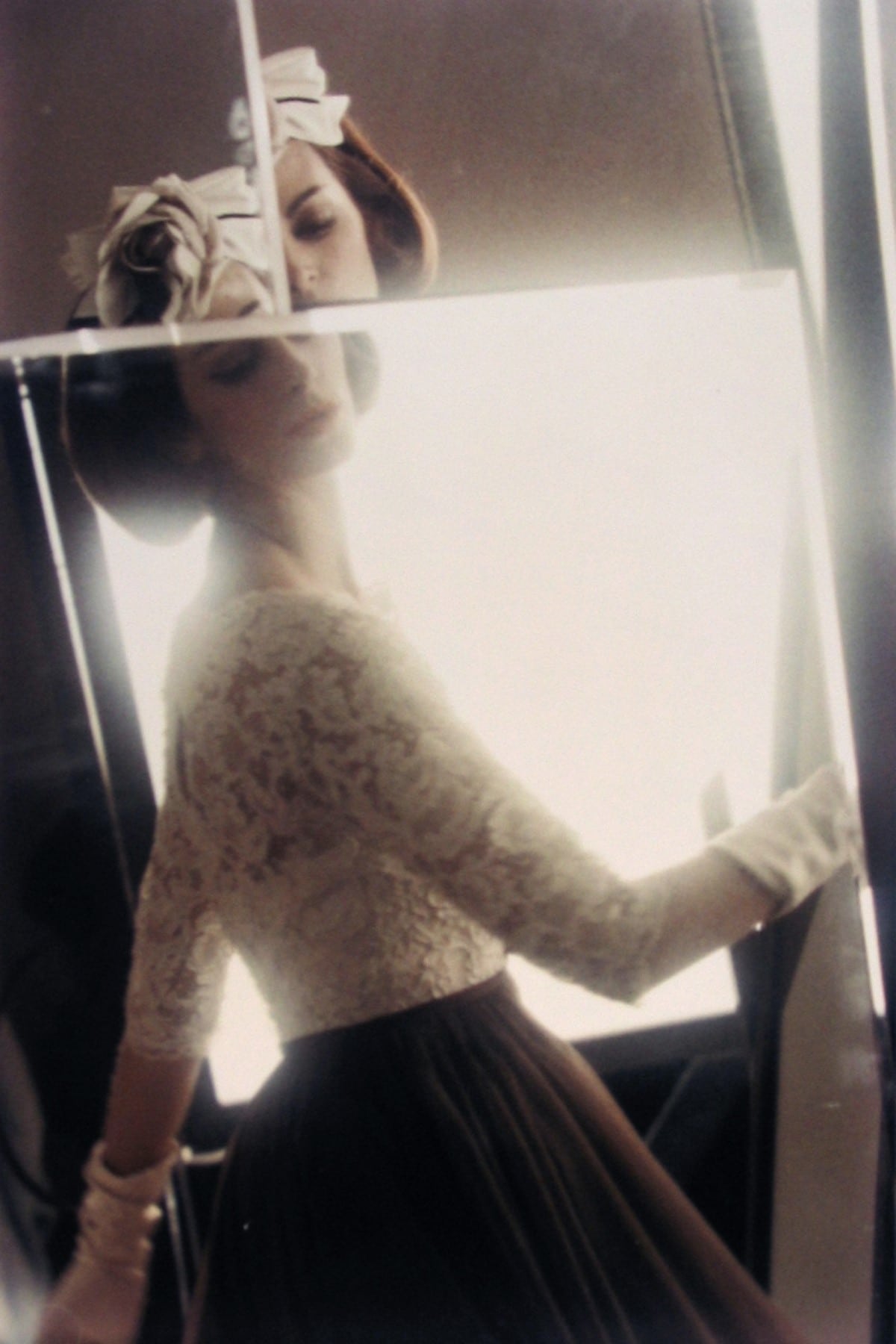
Saul Leiter. Carmen, New York City, 1950
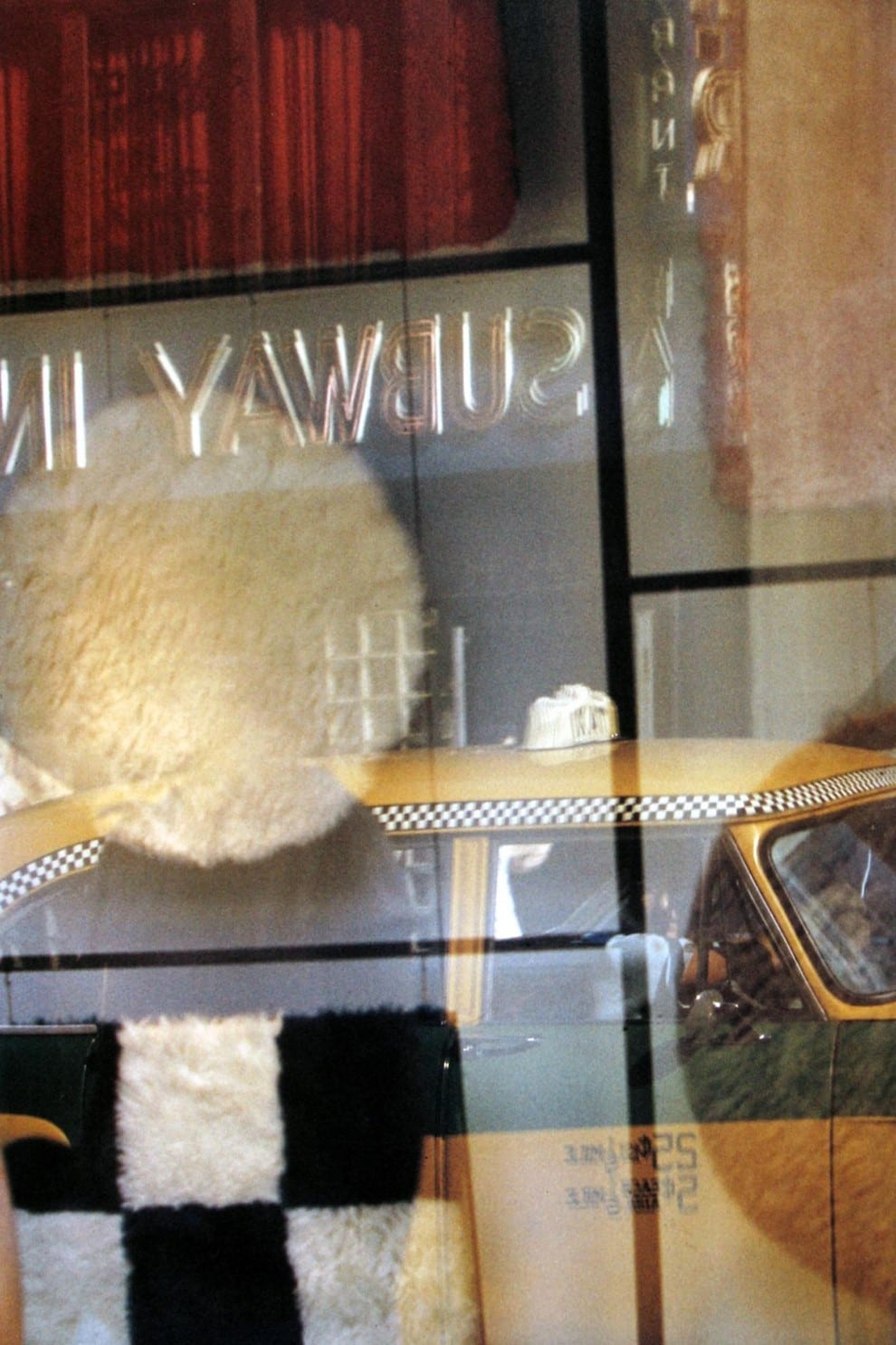
Saul Leiter. Subway window, 1950
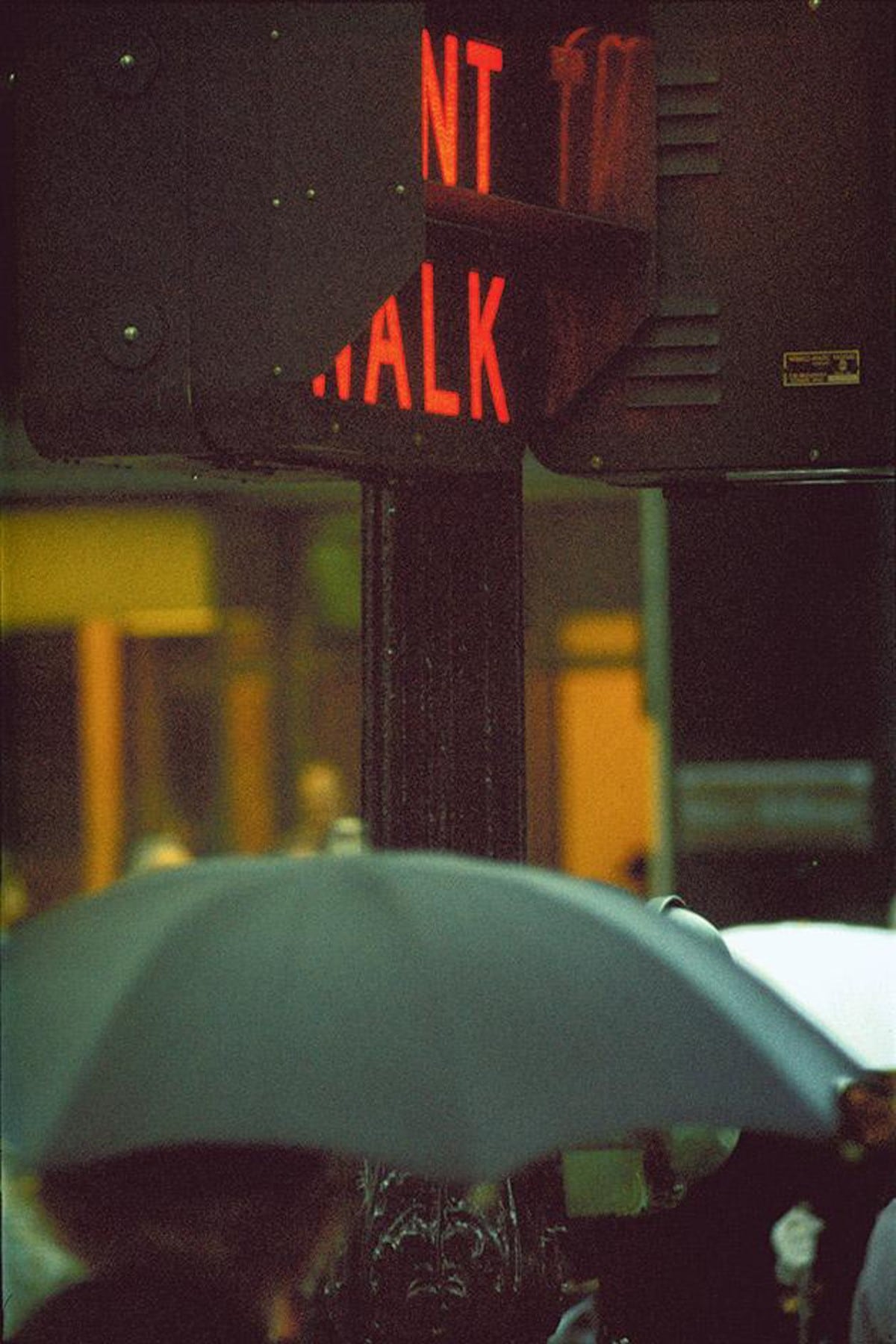
Saul Leiter. Don’t walk, New York City, 1952

Saul Leiter. Two men on the subway at night, New York City, 1951
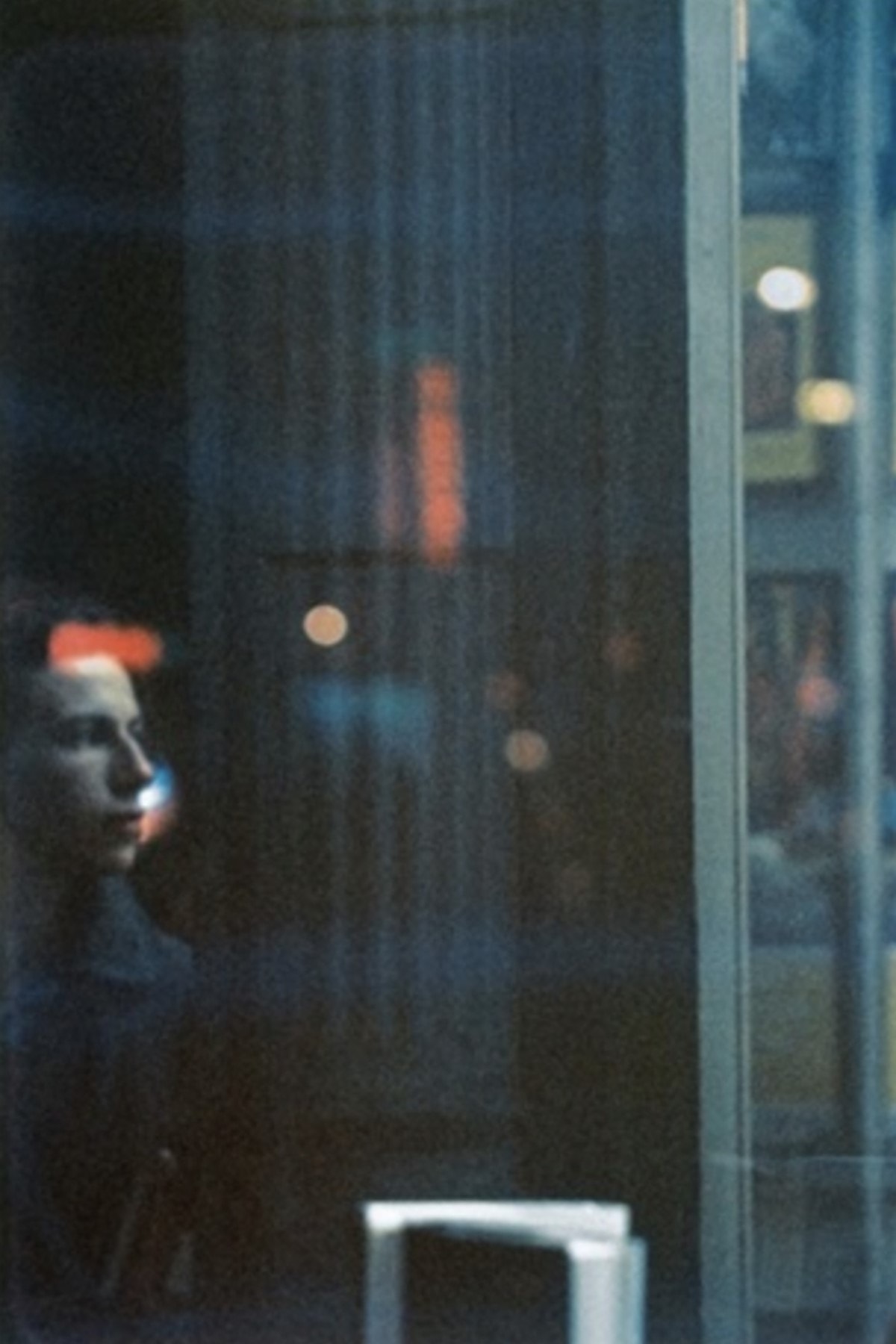
Saul Leiter. Watching, New York City, c. 1952
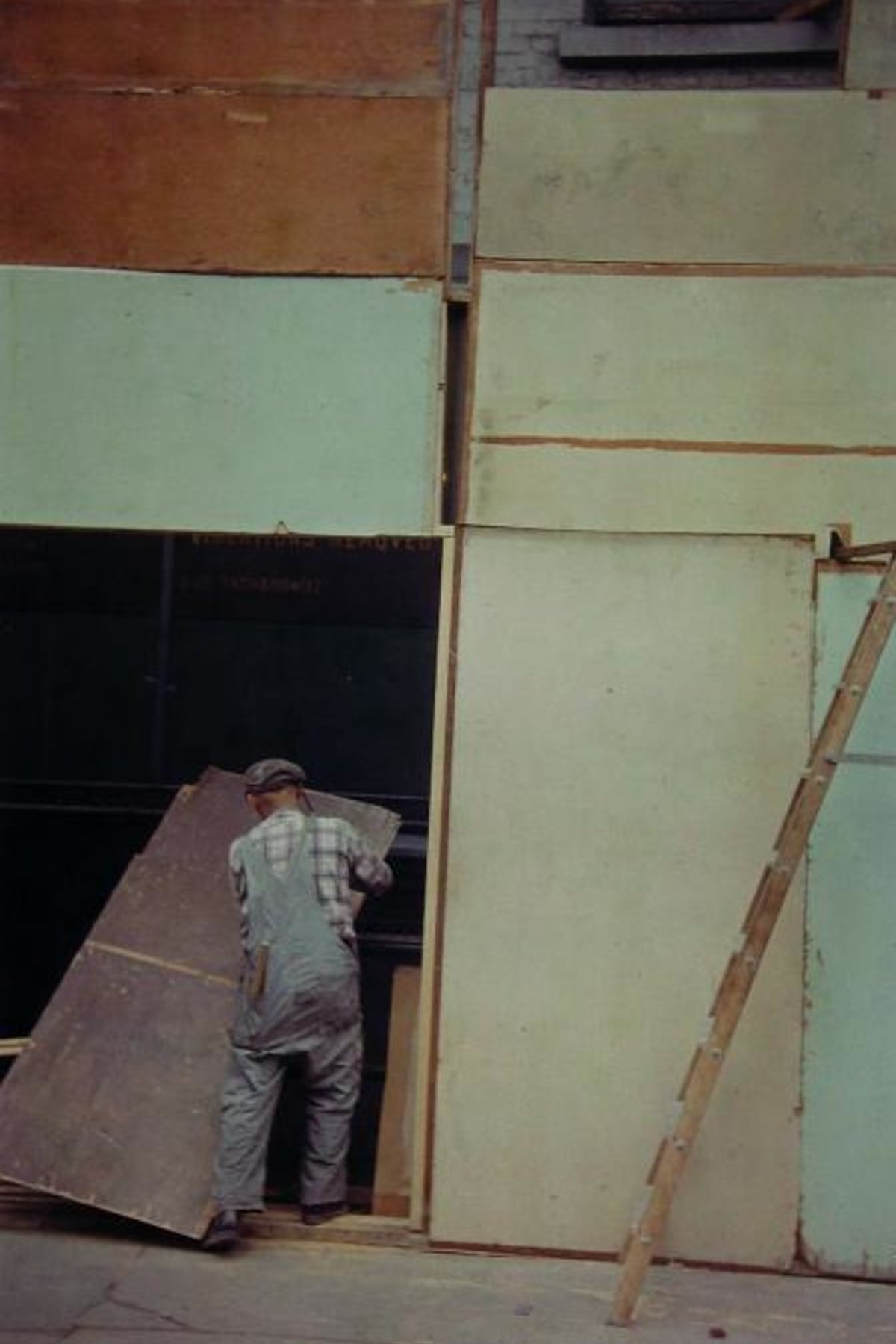
Saul Leiter. Mondrian Worker, 1954
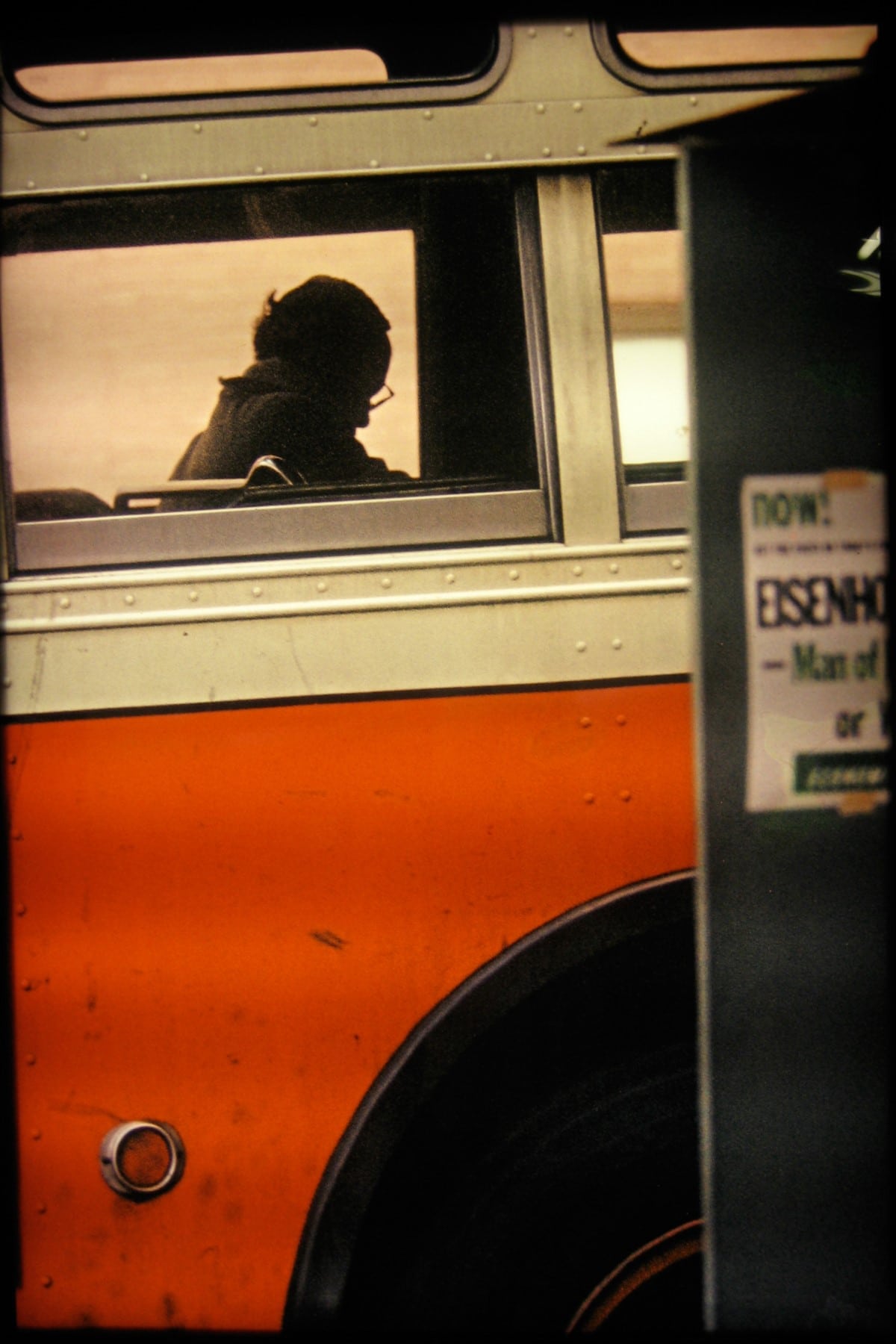
Saul Leiter. Bus, New York City, 1954
I may be old-fashioned, but I believe there is such a thing as a search for beauty – a delight in the nice things in the world. And I don’t think one should have to apologize for it. – Saul Leiter

Saul Leiter. Foot on El, 1954
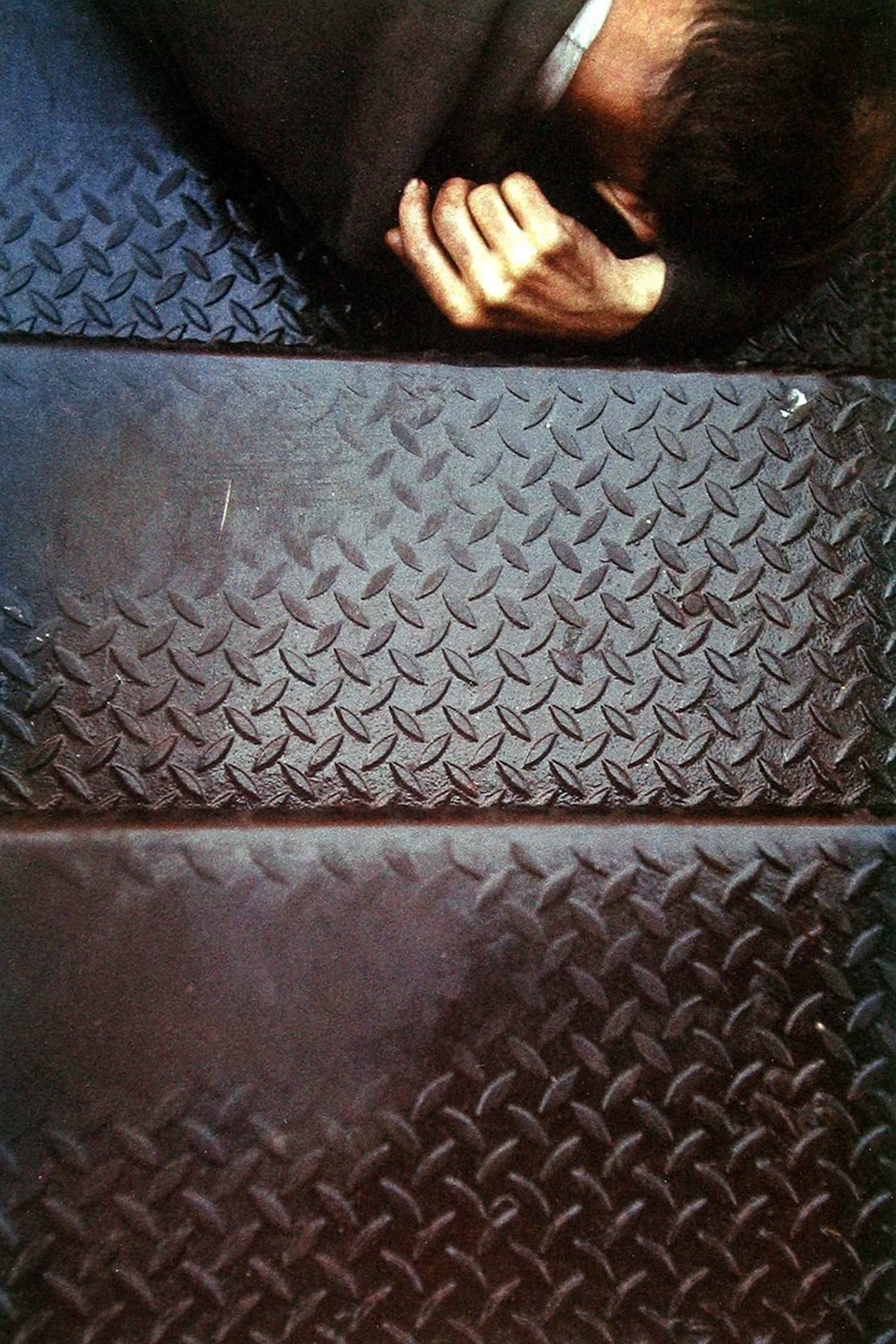
Saul Leiter. Tanager Stairs, 1954
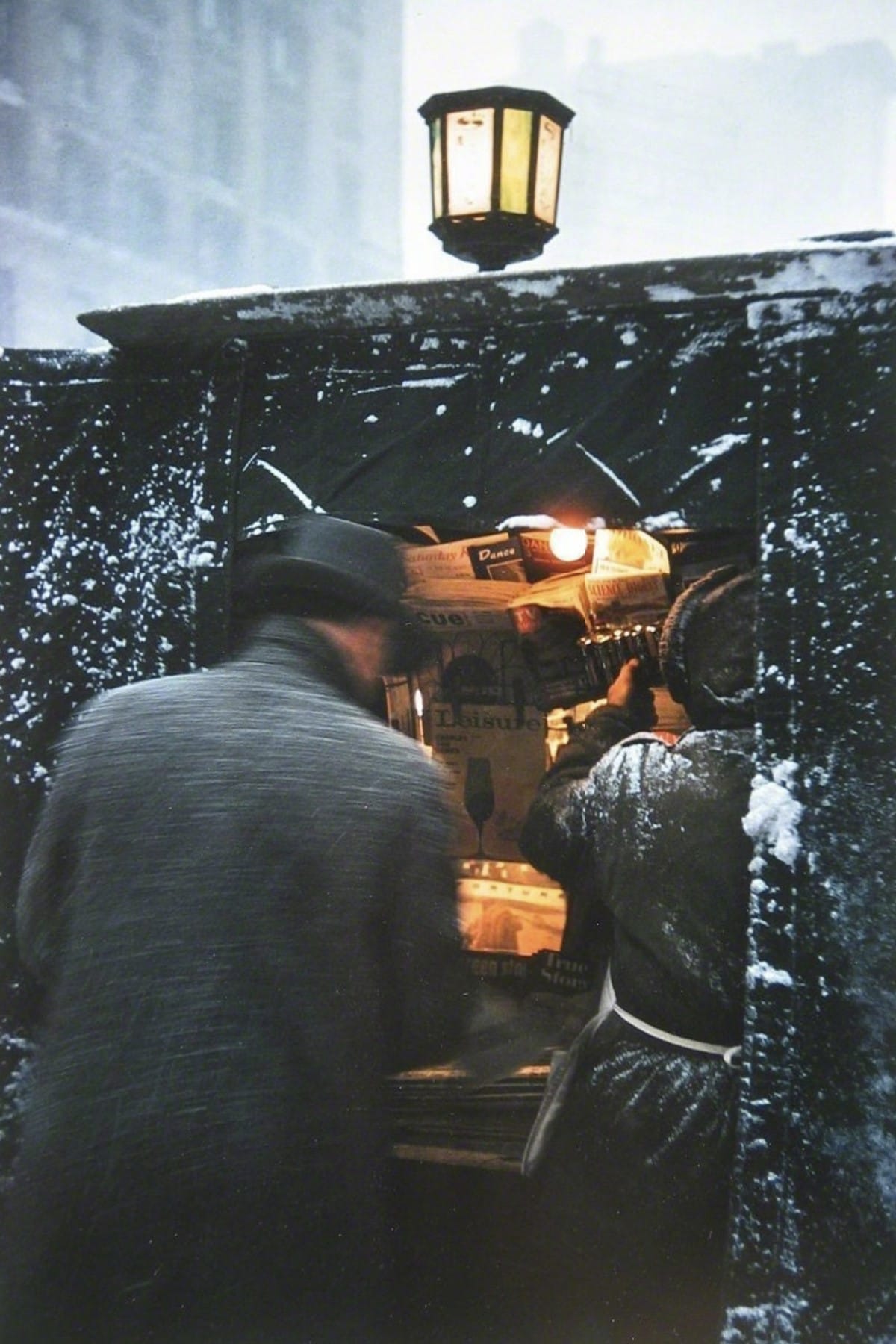
Saul Leiter. Newspaper Kiosk, New York City, 1955
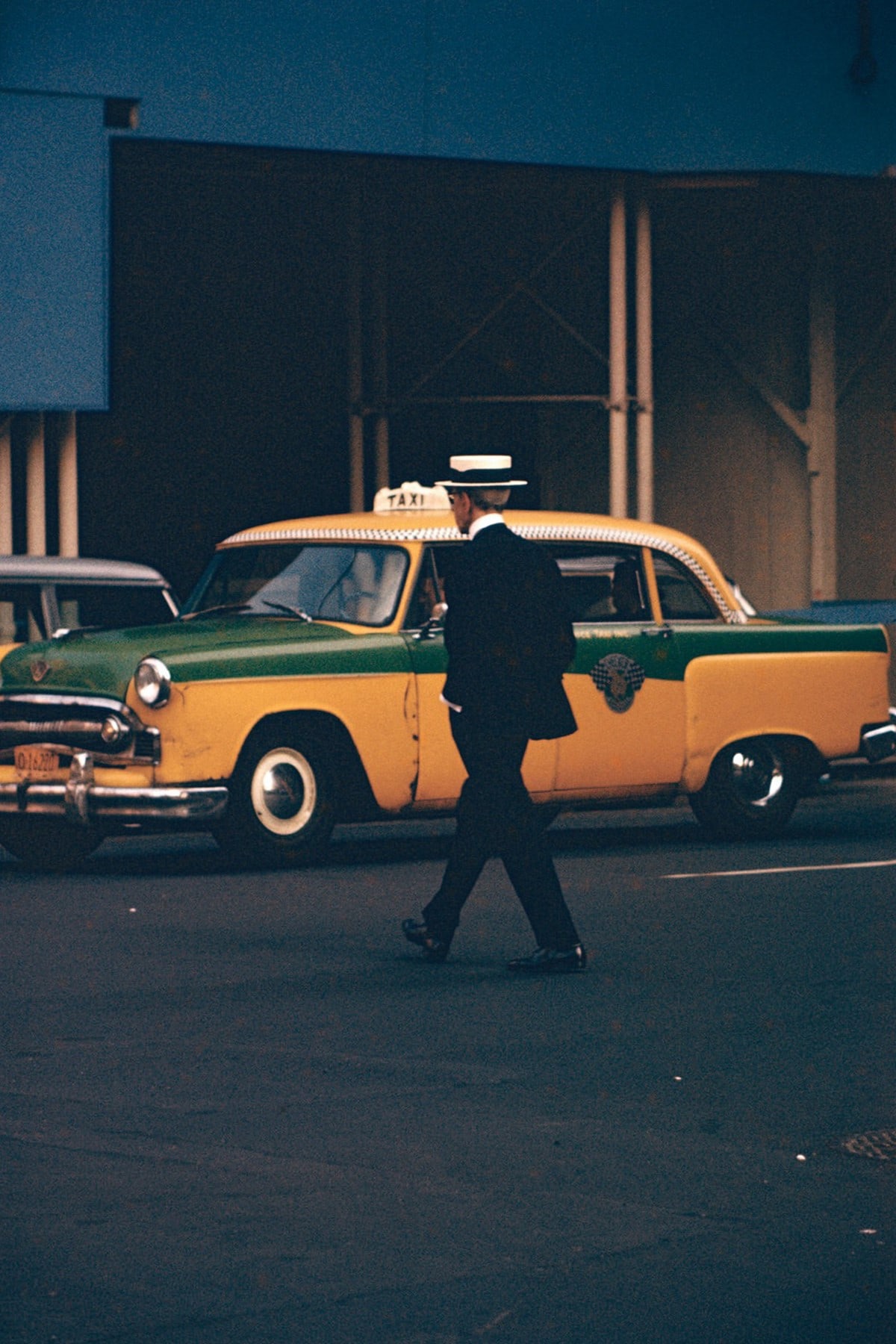
Saul Leiter. Straw Hat, New York City, 1955
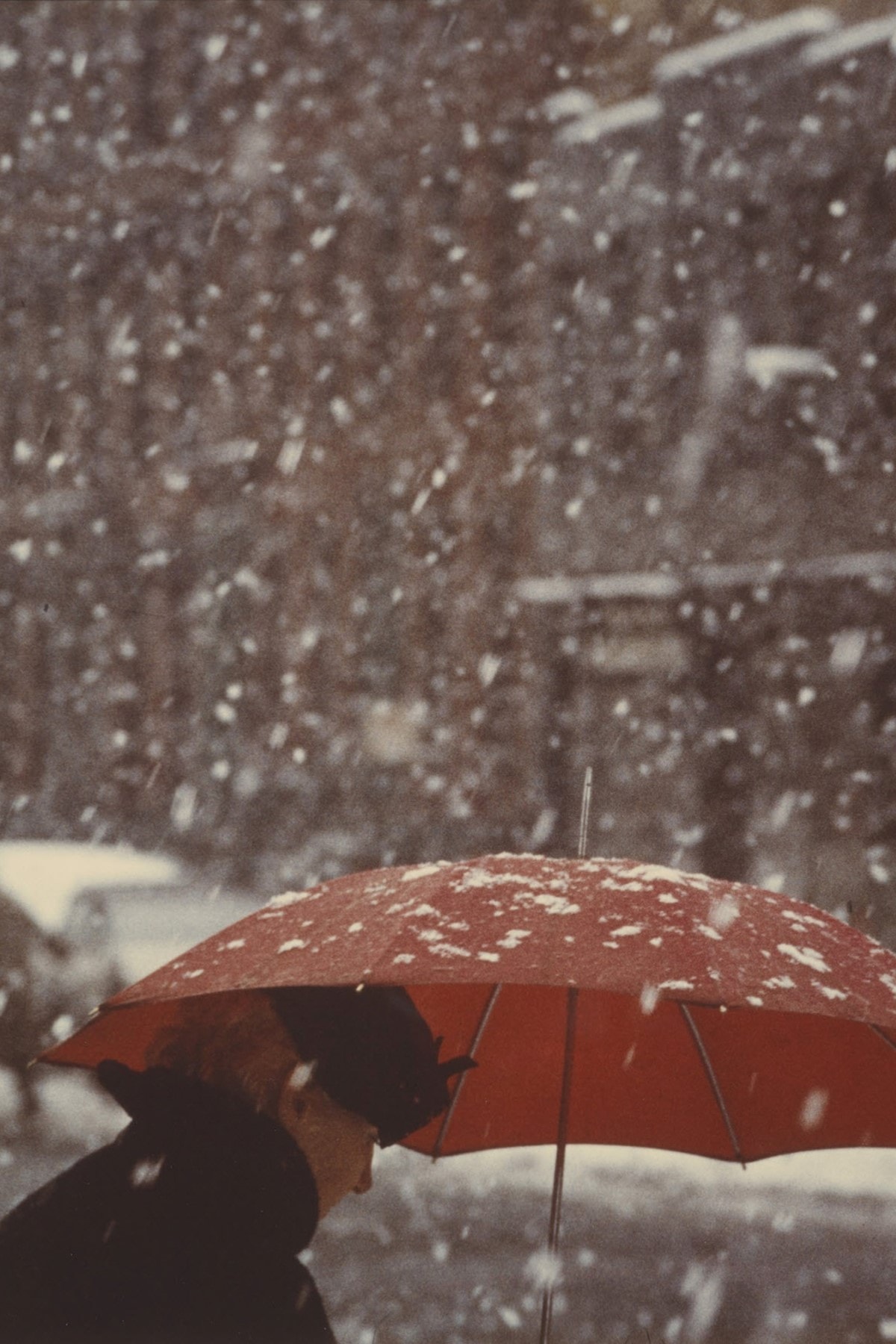
Saul Leiter. Untitled (Red Umbrella), New York City, 1955

Saul Leiter. Red Umbrella, c. 1955

Saul Leiter. Walking, New York City, 1956
Saul Leiter’s vision is founded on a rapid eye for absorbing spontaneous events. Confronted by a dense web of data, fleeting moments in space and time, he employs an array of strategies – oblique framings, complex intersecting planes and ambiguous reflections – to distil an urban visual poetry that is by turns deeply affectionate, edgy and breathtakingly poignan. – Martin Harrison
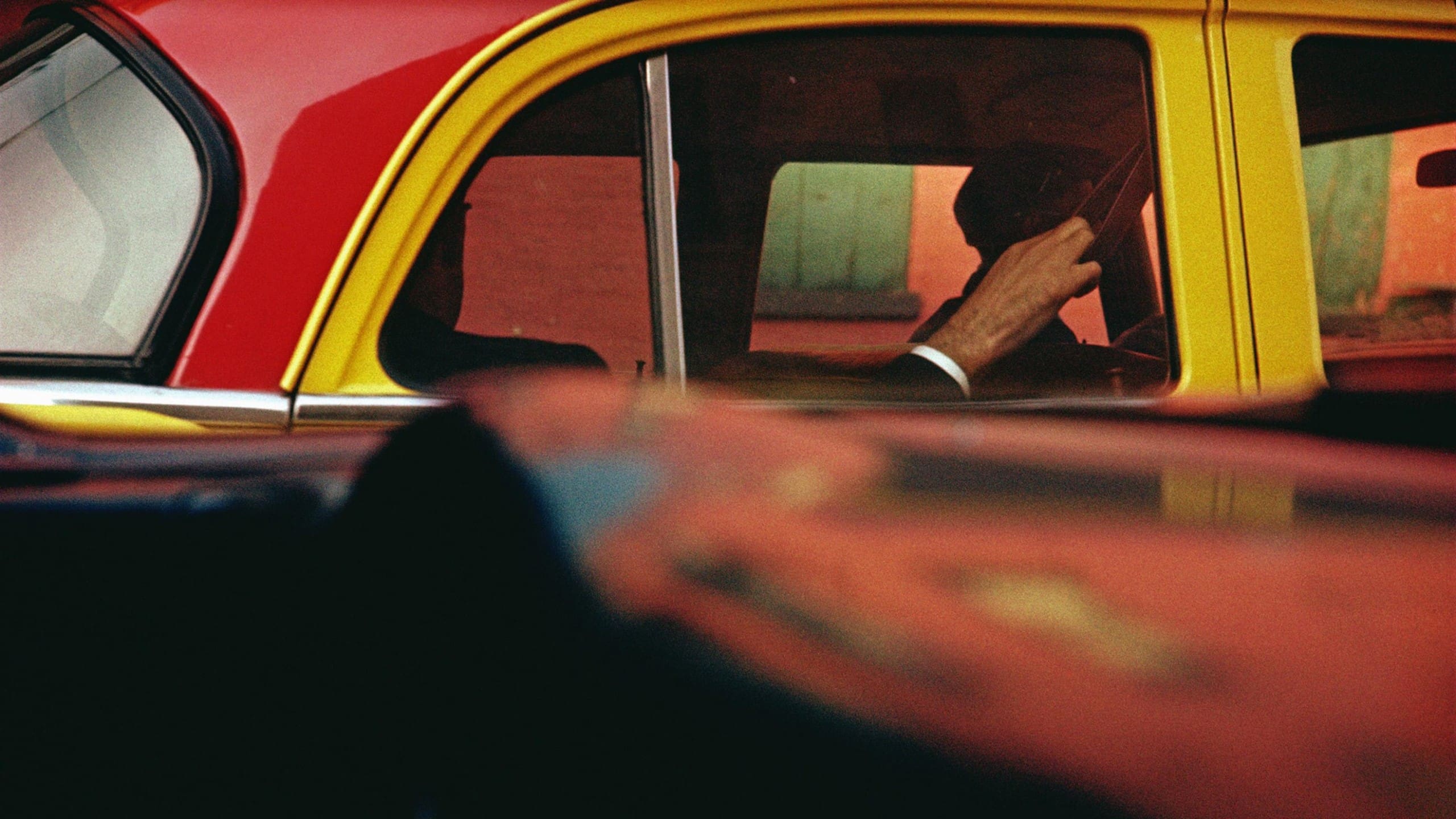
Saul Leiter. Taxi, New York City, c. 1957

Saul Leiter. Red Umbrella, New York City, 1957
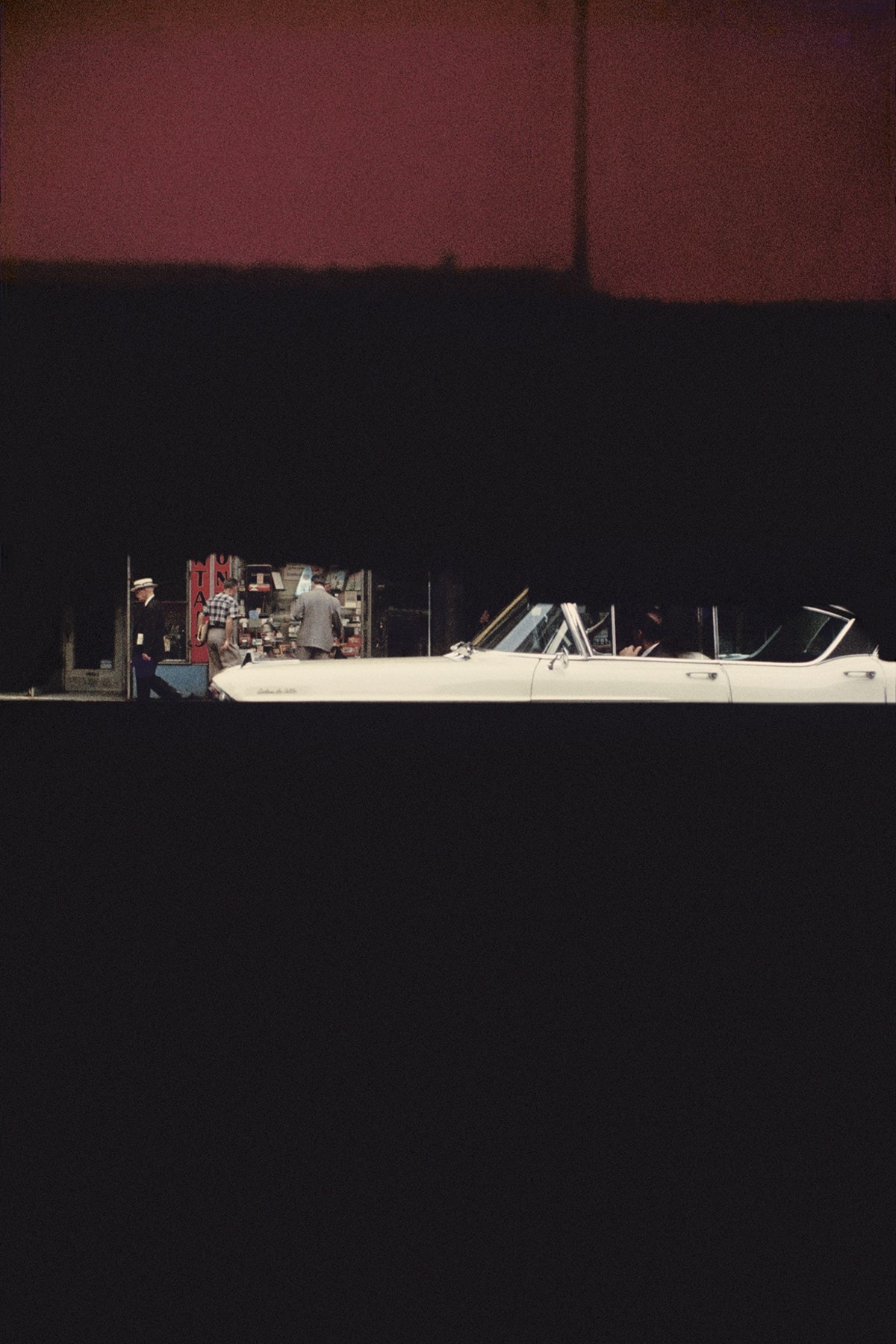
Saul Leiter. Through Boards, 1957

Saul Leiter. Canopy, 1958
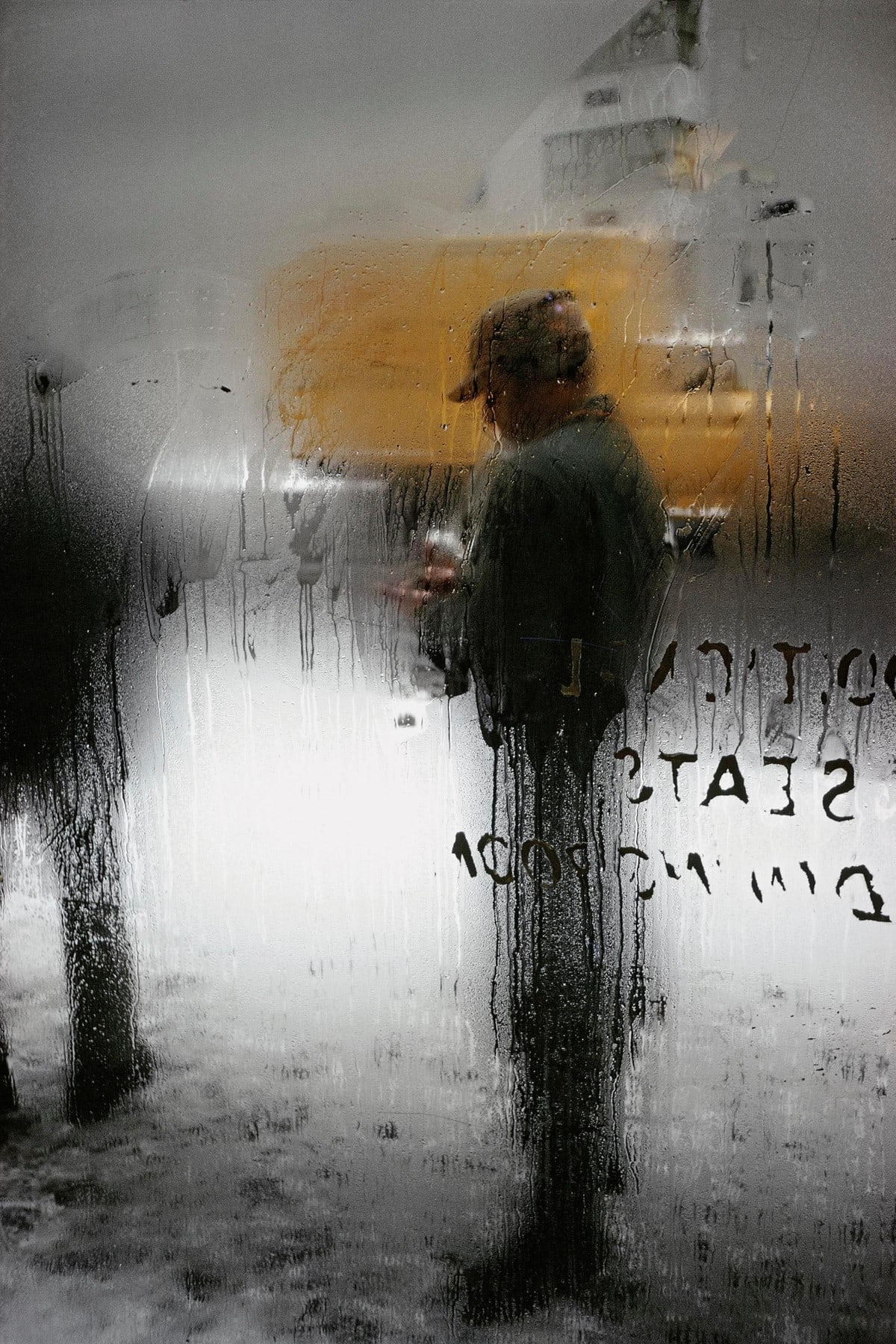
Saul Leiter. Snow, New York City, 1960
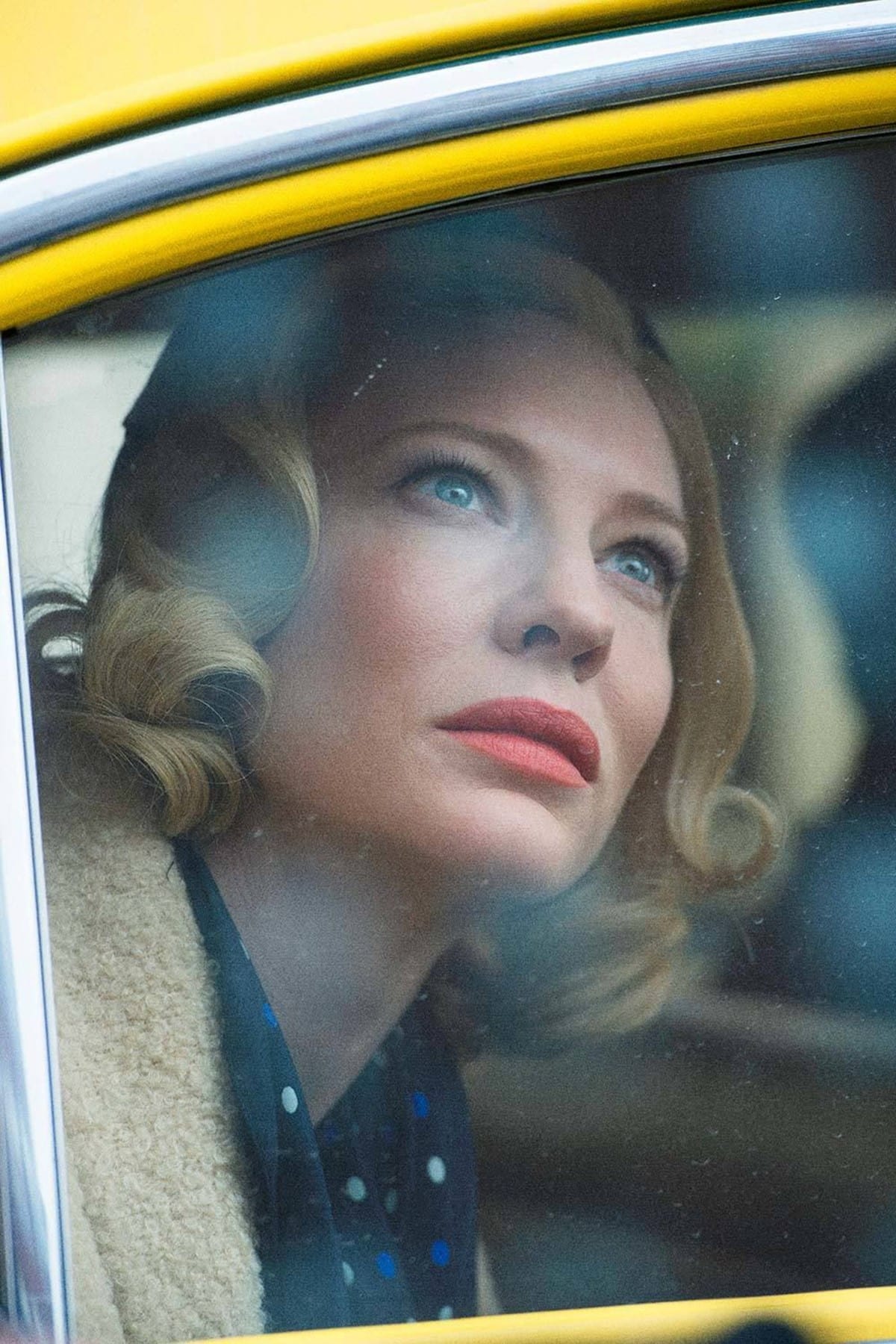
Saul Leiter. Cate Blanchett, Harper’s Bazaar
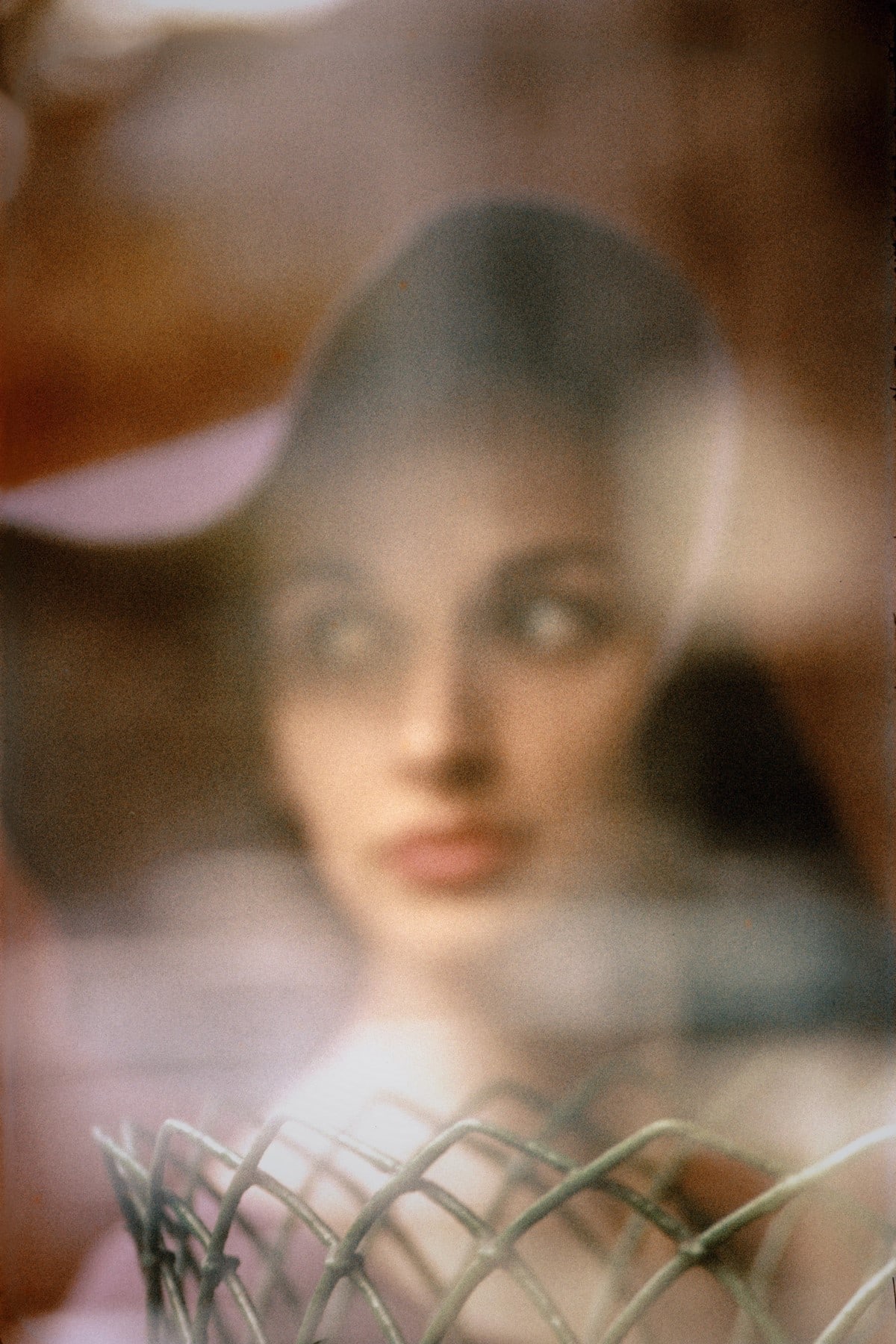
Saul Leiter. Carol Brown, Harper’s Bazaar, 1958
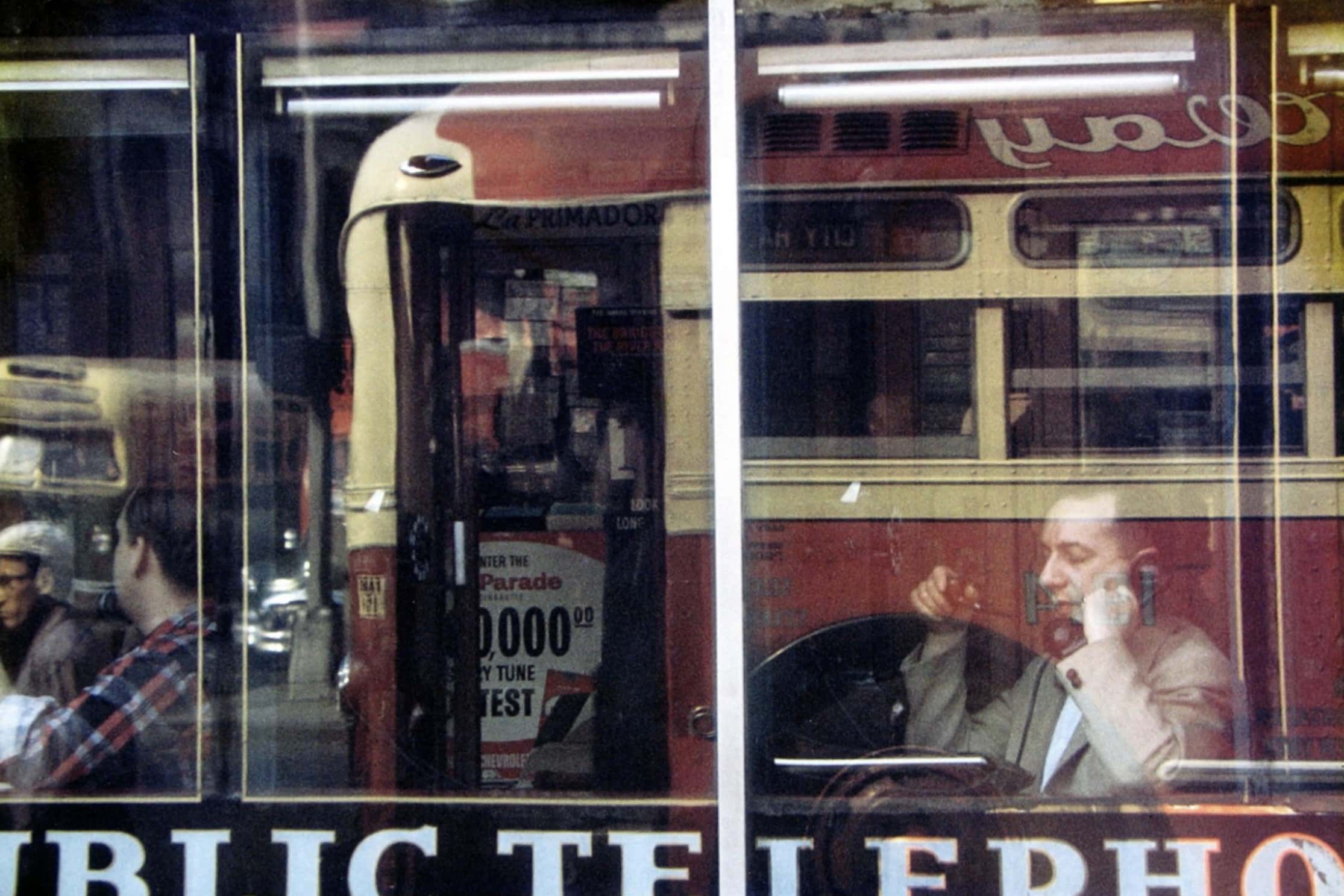
Saul Leiter. Phone Call, New York City, 1957
Leiter was perhaps the most interesting of the fifties color photographers in his use of form. … The overriding emotion in his work is a stillness, tenderness, and grace that is at odds with the mad rush of New York street life. – The New Yorker

Saul Leiter, 1959
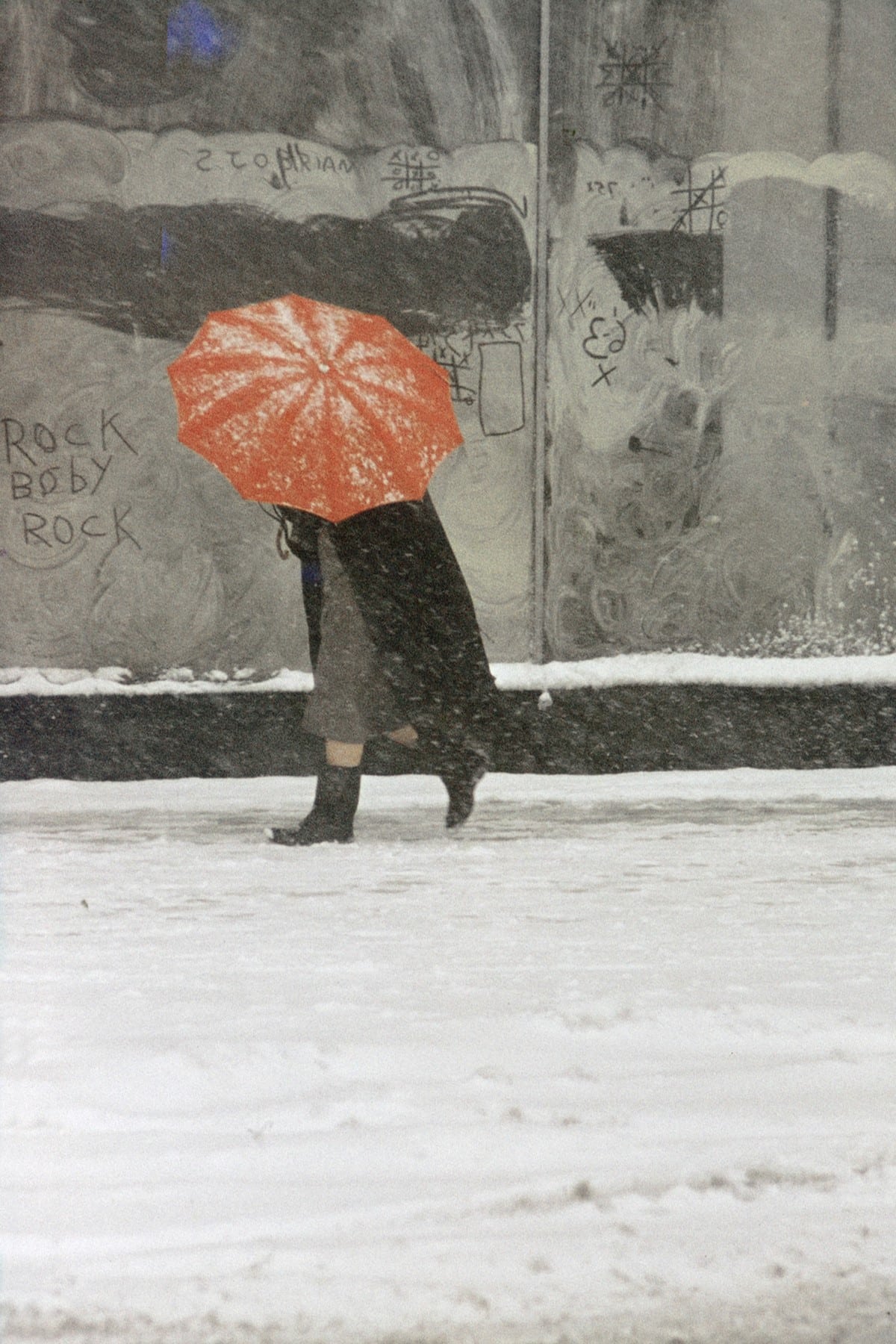
Saul Leiter. Red Umbrella, 1958

Saul Leiter. Water Lilly Green, Harper’s Bazaar, Feb 1959
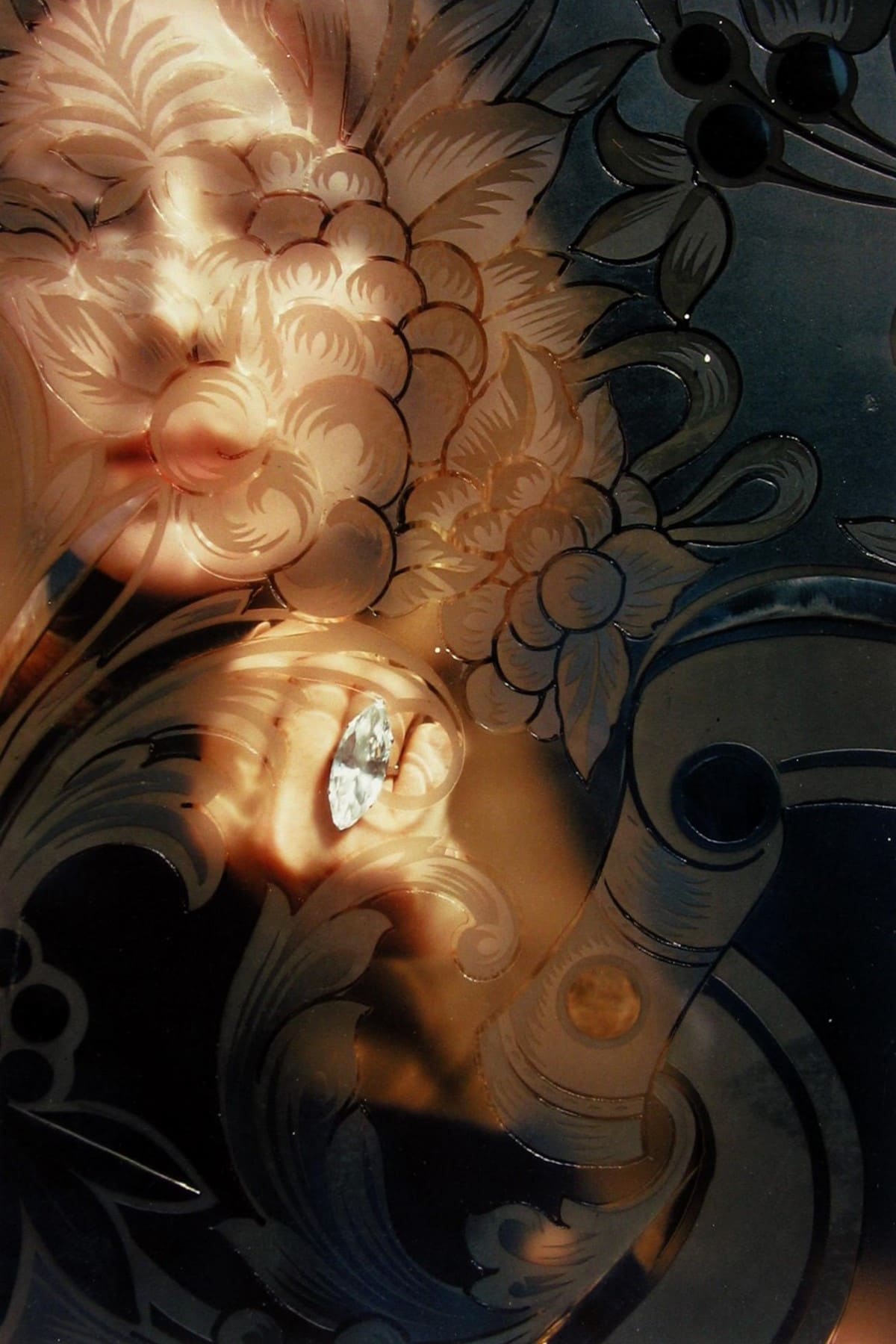
Saul Leiter. Soames Bantry, Nova, 1960

Saul Leiter. Harlem, 1960
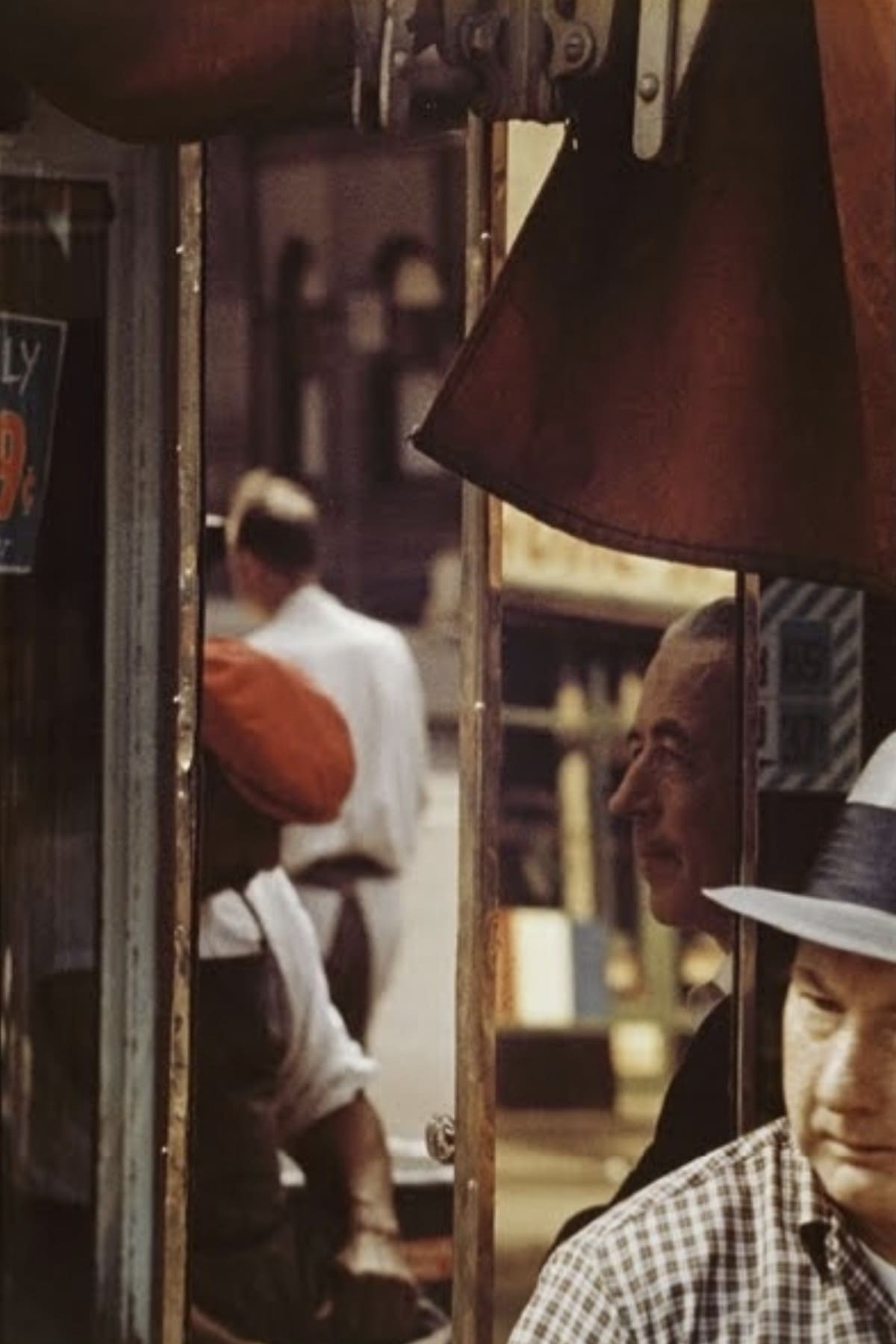
Saul Leiter. Reflection, New York City, 1968

Saul Leiter. The Wait, New York City, 1960

Saul Leiter. Soames Bantry, Harper’s Bazaar, 1963
Photography teaches you to look. To appreciate all kinds of things. – Saul Leiter
Source Images and References
For more inspiration
Be sure to check out our Creative Photography Programme for 9 sessions worth of visually inspiring classes. It consists of separate modules that focus on creative and artistic photography where we emphasise design principles, visual language and storytelling principles.



Danie thank you for the opportunity to make us look again. We get sheltered and forget to open our minds to see what is around us, and your efforts in this educational series are greatly appreciated. You have helped us understand how and why of images and shown us the mastery and beauty in photography